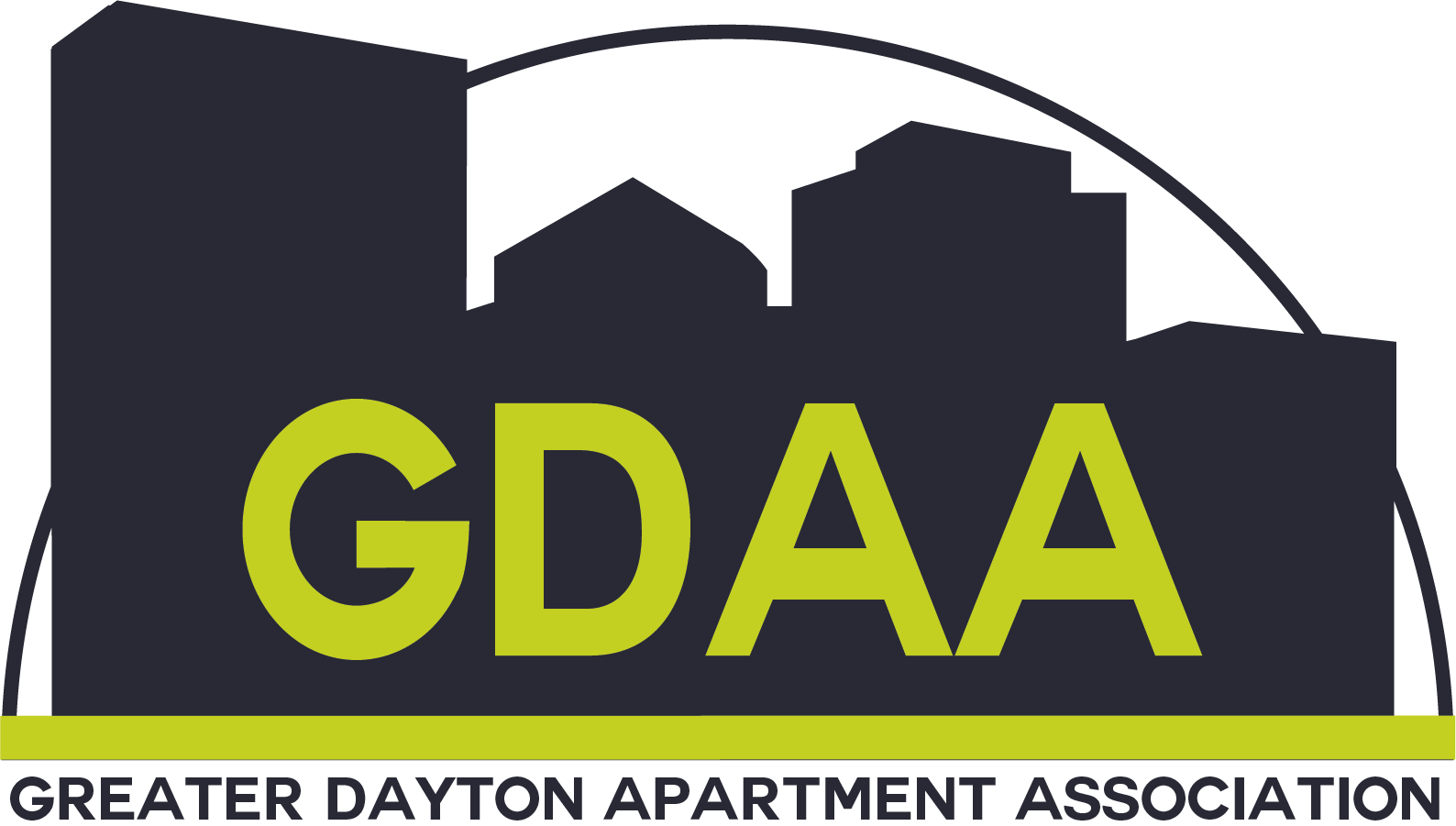Electrical safety
Electrical Safety
Electricity sure has made life easier for us over the years. From simply lighting a room to cooking meals to heating our homes even to powering our cars. As great as it is to have electricity in our lives it can be dangerous. Not only can it cause burns to the body or electrocution it can sometimes result in death if we are not careful. In this month’s article we are going to talk about potential electrical hazards in the workplace and how we can identify and avoid dangerous situations. Below is a list of potential electrical hazards you may find in the workplace. If you come across any of these, be sure to report them to management.
1) Overloaded circuits such as too many plugs or daisy chaining multiple power strips.
2) Blocked electrical boxes.
3) Electrical equipment that is hot to the touch.
4) Electrical equipment that is not properly grounded.
5) Switches that feel warm or cause a shock or tingling sensation.
6) Smell of burning wires, smoking equipment, crackling sounds.
7) Loose connections or exposed wires from outlets, switches or other equipment.
8) Damaged plugs, cords, or receptacles.
9) Water on or near electrical equipment.
10) Metal ladders or tools near electrical sources.
11) Flammable or combustible materials near electrical sources.
12) Frequently tripped circuit breakers or blown fuses.
13) Electrical cords laying across walkways.
Although the list above is not all inclusive you may want to consider performing electrical safety audits on a regular basis. Safety audits will help identify areas where dangers exist. Not all electrical safety audits are the same, so be sure you create one that is specific to your facility. Also, whenever you install new electrical equipment, devices, outlets or electrical panels, be sure to update your safety audit checklist to reflect the changes.
Finally, if you see a dangerous situation, take immediate action. Ignoring it may result in an injury or a fire. Consider safely cutting the power to the equipment or receptacle then, report to your supervisor. Leave the repair work to the qualified professionals. Inexperienced work on electrical equipment can result in serious injury or death.
To learn more about electrical safety, familiarize yourself (or someone within your organization) with the electrical rules and regulations. You can find these outlined by the Occupational Safety and Health Administration (OSHA) or the National Fire Prevention Association (NFPA). The OSHA standards are outlined in 29 CFR 1910 .137, Electrical Protective Equipment, 29 CFR 1910 .269, Electric Power Generation, Transmission and Distribution, 29 CFR 1915.181, Electrical Circuits and Distribution Boards, and 29 CFR 1910.157, Battery Charging and Changing. The National Electrical Code is found under NFPA 70, , and includes NFPA 70E, the Standard for Electrical Safety in the Workplace. Don’t forget to check with your state and local regulations as they may differ.
For more information, please contact Sedgwick’s Andy Sawan at 330.819.4728 or
andrew.sawan@sedgwick.com
